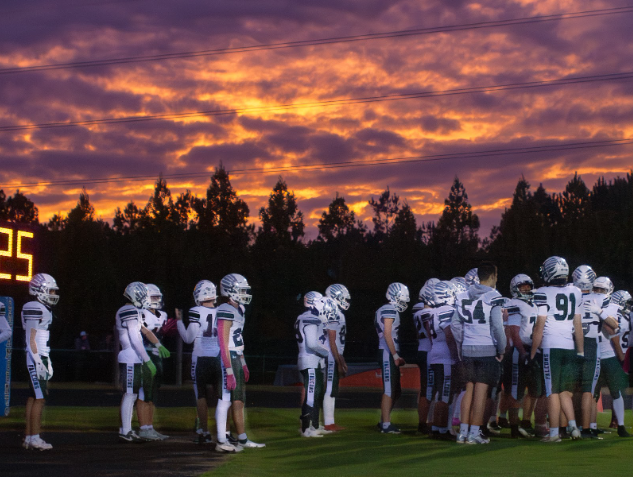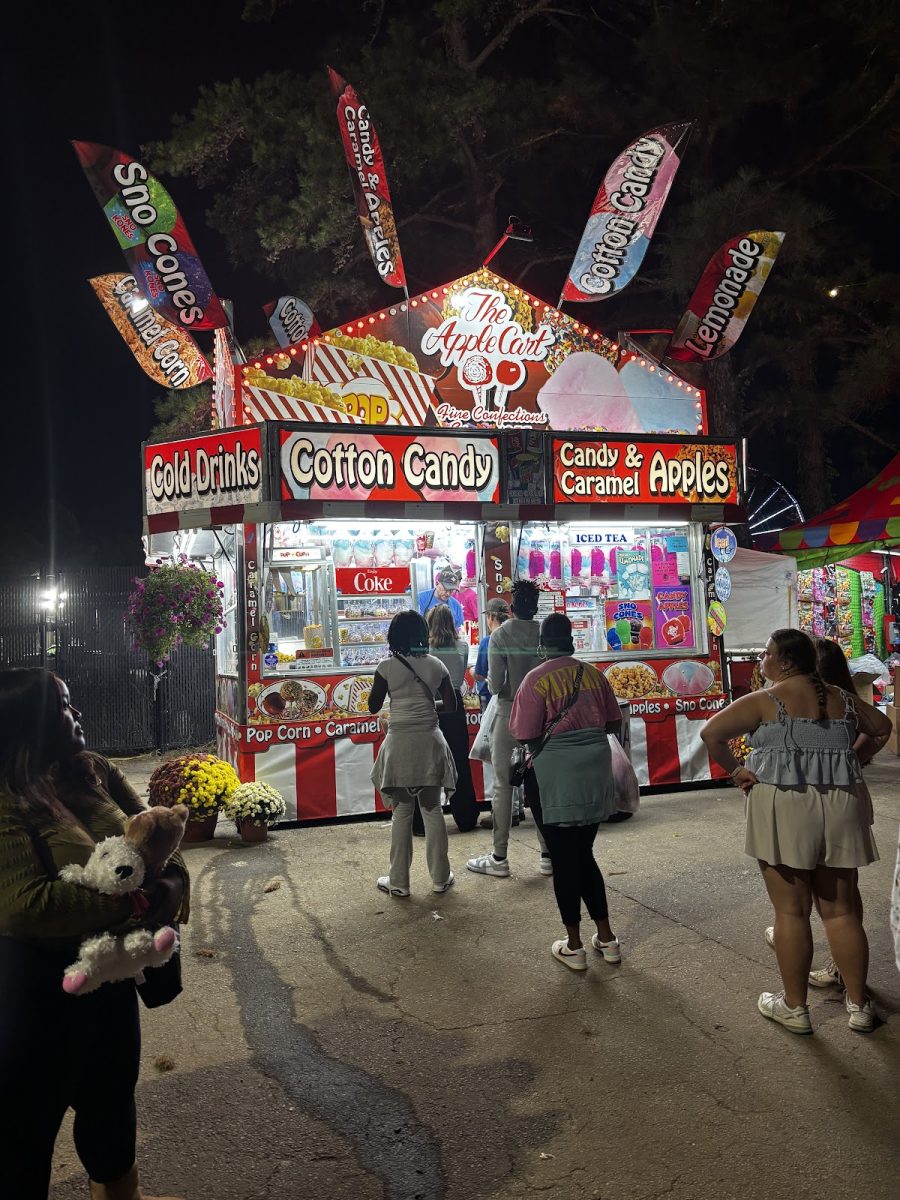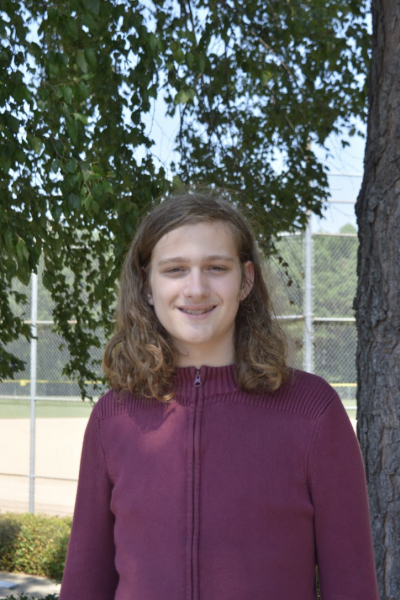The first month of the Hebrew calendar, Tishrei, brings a slate of five holidays, varying in tone, ritual celebration, and length. From a 25-hour fast of sorrow and reflection to a week-long celebration of joy, the Jewish holiday season is a diverse and exciting time for Jewish celebration.
The first of the holidays begins on the first day of the new year, the first of Tishrei. It’s called Rosh Hashanah, translated from Hebrew as “the head of the year.” Erev Rosh Hashanah, or the night before Rosh Hashanah, falls on the 29th of Elul, the last day of the Hebrew calendar. This is important because the days of the Hebrew calendar are based on the movement of the moon around the Earth, rather than the movement of the Earth around the Sun. This makes it so that each day of the Hebrew year starts at sundown rather than midnight.
This also changes the lengths of the months, as they are based on the phases of the moon from new moon to new moon. This leads to the months being 29 or 30 days long, as opposed to the Gregorian 30 or 31. As such, the Gregorian dates of the holidays on the Hebrew calendar shift from year to year. Rosh Hashanah begins on Oct. 2, 2024. For Jews outside of Israel, it is also tradition to keep a second day of many holidays to account for discrepancies in keeping track of the moon phases when the holidays were celebrated in ancient times. Thus, outside of Israel Rosh Hashanah is also celebrated through Tishrei 2, ending at sundown on Oct. 4, 2024.

Rosh Hashanah carries with it plenty of traditions and rituals. The most common is the dipping of apples in honey to represent the “sweet new year” hoped for. Various other symbols are presented and celebrated in a similar manner, such as having a fish head present at the table so that “we may be the head, not the tail.” Additionally, the challah, or ritual bread, is baked in the shape of a circle as opposed to its normal braided oval shape. This is to symbolize the endless pursuit of time, as the year starts again and again, stopping for nobody.
Ten days after Rosh Hashanah is Yom Kippur, or “the day of atonement.” Yom Kippur is traditionally known as the last chance for God to pass judgment, with everybody trying to be judged favorably in the eyes of God and be “written into the book of life.” The practices of Yom Kippur mainly revolve around 25 hours of repentance for all the sins a person did throughout the previous year. This period includes a fast, with observers abstaining from food and water throughout the day. Other practices include not wearing leather, wearing all white, and not bathing throughout the day. The day revolves around prayer, with special prayers being said throughout the day to address, confront, and apologize for various sins. The prayer service for Yom Kippur is one of the longest held all year. Yom Kippur is the most dour of the holidays in Tishrei, but it is contrasted only five days later with Sukkot, a significantly more joyous festival.
Sukkot is one of the three “pilgrimage holidays” in Judaism. These holidays were important enough that Jews would travel to Jerusalem to celebrate them in the Holy Temple. The Temple was destroyed in the year 70 CE, and thus the practice of pilgrimage is no longer widely practiced. Sukkot celebrates two events: the autumn harvest and the biblical story of the exodus from Egypt. A major part of the holiday is the building of a sukkah, or temporary hut usually built near the permanent residence of the person celebrating. The sukkah is a three-walled structure with a ceiling made of plant material that generally does not fully cover the hut, allowing one to see the stars and feel the sun through the ceiling. Weather permitting, people eat and sleep in the Sukkah for the week that Sukkot is celebrated. These Sukkahs are meant to mimic the temporary shelters Israelites were said to have lived in during their biblical trek across the desert.

The farming nature of the holiday is represented by the four species, being a date palm frond, a myrtle branch, a willow branch and a citron fruit. These plants are held together and shaken in all directions, each species representing a different kind of Jew. Holding them together represents unity across all levels of Judaism. Shaking the species is typically done every day of Sukkot, which is seven days in Israel and eight days otherwise. The first day, two outside of Israel, is called a Yom Tov, translating literally to “good day” in English. Yom Tov means that observers will abstain from certain activities, mostly work-related. Rosh Hashanah, Yom Kippur, and the last day of Sukkot fall under Yom Tov as well. The other days of Sukkot are classified as Chol HaMoed or the rest of the holiday. These days are marked by casual observance of the holiday, while not abstaining from work. During the Chol HaMoed period of Sukkot, meals are eaten in the sukkah and the species are shaken, but observers will still do work they wouldn’t do over a Yom Tov. Outside of Israel, an eighth day of Sukkot is added and celebrated as a Yom Tov, overlapping with the holiday of Shemini Atzeret.
Shemini Atzeret, literally meaning “the eighth day of assembly,” is commonly referred to as the celebration of the end of Sukkot. The holiday is treated as a separate holiday, with the obligations and practices of Sukkot not necessarily applying. Many of the differences between Shemini Atzeret and Sukkot have to do with unique celebrations that would be carried out at the Temple when it existed. Since it does not, many celebrate Shemini Atzeret and the last day of Sukkot as the same.
Outside of Israel, Shemini Atzeret extends into a second day, called Simchat Torah. Every week during synagogue, one portion, or Parsha, of the Torah, the central Jewish holy text, is read. Simchat Torah celebrates the reading of the final Parsha and the restarting of the Torah for the new year. It is one of the more joyous Jewish holidays, with festivities mostly consisting of dancing and singing with the Torah scrolls. The final Parsha, called V’zot HaBracha, is read and immediately followed by the first Parsha of the Torah, Bereshit. In Israel, Simchat Torah is celebrated on the same day as Shemini Atzeret, but outside of Israel Shemini Atzeret lasts two days, the second of which being Simchat Torah. Simchat Torah caps off the holiday season of Tishrei, and is the last Yom Tov until Pesach in Nissan, six months later.
Every year, the Tishrei holiday season serves as a time to celebrate the coming year, reflect on the year past, and grow as a community. They give time to reflect on mistakes, celebrate the victories, and decide how to be an even better person over the next year.














































































